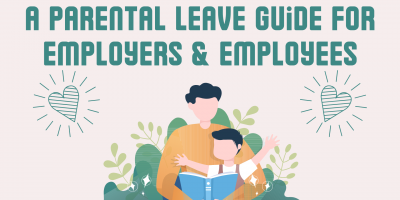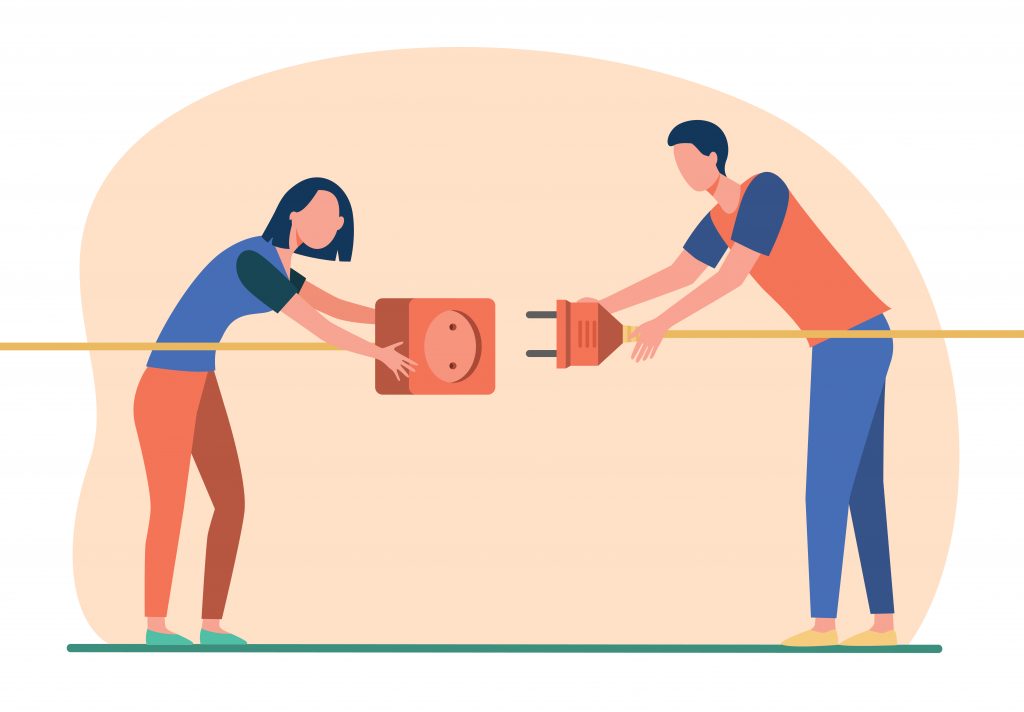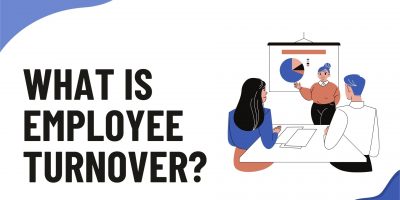
A Parental Leave Guide for Employers & Employees
Explore the importance of parental leave in the US, shedding light on its impact on families and businesses. Delve into the complexities of existing policies, highlighting the challenges employers and employees face.







